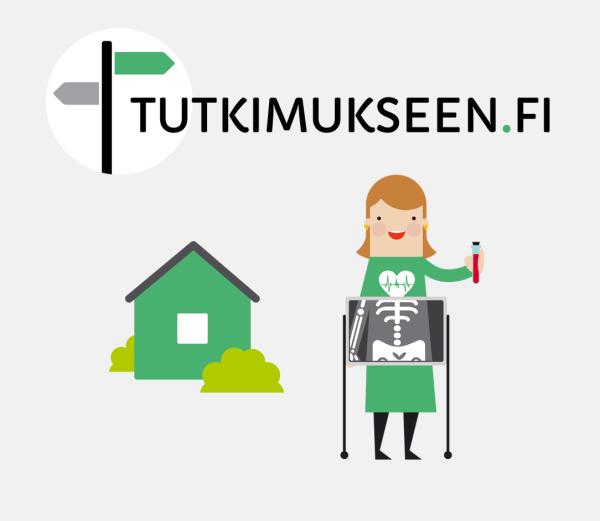Sleep and vigilance tests
Keywords:Examinations of sleep and vigilance are used to study conditions such as sleep apnoea (abnormal breathing patterns during sleep), abnormal daytime fatigue and disorders of excessive somnolence due to other causes, prolonged insomnia and various types of seizure symptoms during sleep.

Tutkimukseen tulijan talo
Tutkimukseen tulijan talo tarjoaa tietoa laboratorio- ja kuvantamistutkimuksista.
Treatment facilities
Clinical Neurophysiology
We examine the electrical activity of the brain, sensory systems, nerves and muscles, as well as sleep and alertness. We monitor the nervous system and…
Pulmonary Diseases Outpatient Clinic, T-hospital
We study and treat pulmonary (lung) diseases such as asthma, sleep apnoea and lung cancer.
